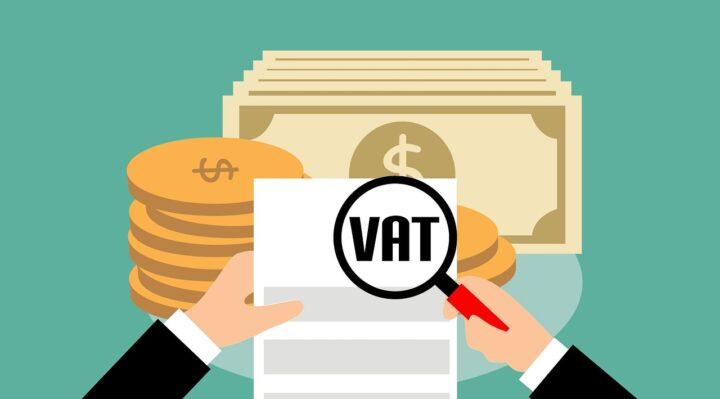
“In this world nothing can be said to be certain, except death and taxes” said Benjamin Franklin nearly 250 years ago. Those words are as true today as they were then.
VAT – or Value Added Tax and sometimes known as the Goods and Services Tax (GST) is a consumption tax on goods and services that is levied at any stage of the supply chain, be it raw materials or end user.
Each country has its own laws and regulations, some more complex and taxing (literally!) than others. For the small business, often the backbone of a nations’ economy, Tax Optimization for Small Businesses can end up being make or break for a small business whilst managing the VAT can be a tiresome, labour-intensive, error-prone or costly chore.
However, it doesn’t have to be that way. Here are 6 Top Tips for Small Businesses to Manage VAT:
- Technology is Your Friend
This is the most important piece of advice in this day and age. The advancement of technology means that managing VAT is no longer the preserve of professional, sometimes costly, accountants and bookkeepers. Anyone with a smart phone can access a plethora of Helpful Tools to Help Your Run a Small Business and get the all-round help needed to manage expenses and VAT. At every stage of managing the VAT process, technology can help streamline and improve efficiency. It doesn’t matter if calculations are needed on a global scale, when it comes to managing VAT, technology is most definitely a friend.
2. Use a VAT Calculator
VAT formulas are never easy to master and ever changing regulations means keeping on top of VAT calculations can be a complicated task. A VAT calculator makes that legally required task simple. Using a reliable VAT calculator has all the formulas programmed in. This allows a small business to instantly work out the VAT implications of an expense, even across borders.
3. Don’t Be Afraid to Ask
Most governments will have a help facility when to comes to VAT. As well as publishing clear guidelines, many will provide communication options. It could be a telephone number, an email address, a web chat or even an appointment face to face at the relevant tax office, but help is generally always available.
4. Document Everything
Despite the help technology provides, there still needs to be human responsibility in managing the VAT process. With the ability to document everything digitally now, there is no need for weighty files bulging with receipts and invoices. If not organised correctly , managing VAT will be more than just a headache. It is recommended to keep hard copies of all expenses, invoices and receipts. However, most expense systems allow pictures to be uploaded and used. Using cloud technology, storage of the images uploaded can be safe, low-cost and easy to manage,
5. File on Time
It may sound that like stating the obvious, but ensuring VAT reports are filed on time is a must. According to the Internal Revenue Service, 20-25% of all Americans wait until the last two weeks before the deadline to prepare their tax returns. Leaving things to the last minute increases the chances of making mistakes. Again, this is where technology steps in and ensures VAT is filed on time. Filing on time also means no costly penalty needs to be paid. An expense any business can do without.
6. Learn Basic Bookkeeping
Even with technology to help manage the VAT process, it is still highly recommended to learn some basic bookkeeping skills. Behind a successfully managed VAT process is someone with at least basic bookkeeping skills. Having clear and accurate records will require some basic bookkeeping knowledge and skills. Nowadays, with so many free resources on the internet, it is easy to learn the basics of bookkeeping and make your VAT process more manageable.
VAT doesn’t have to be the fearsome task that many small businesses make it out to be. Follow the simple top tips given above and managing VAT can be a breeze.



